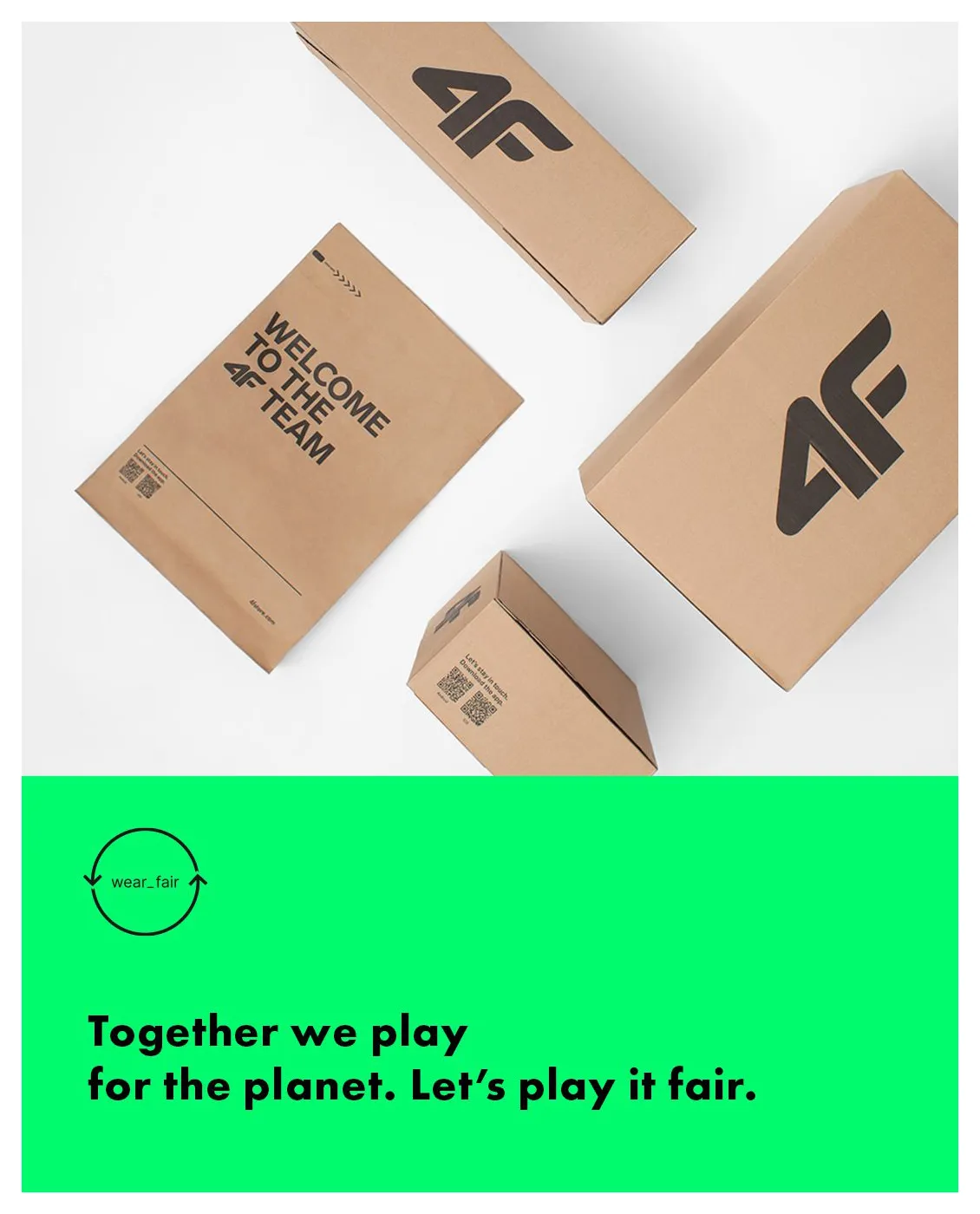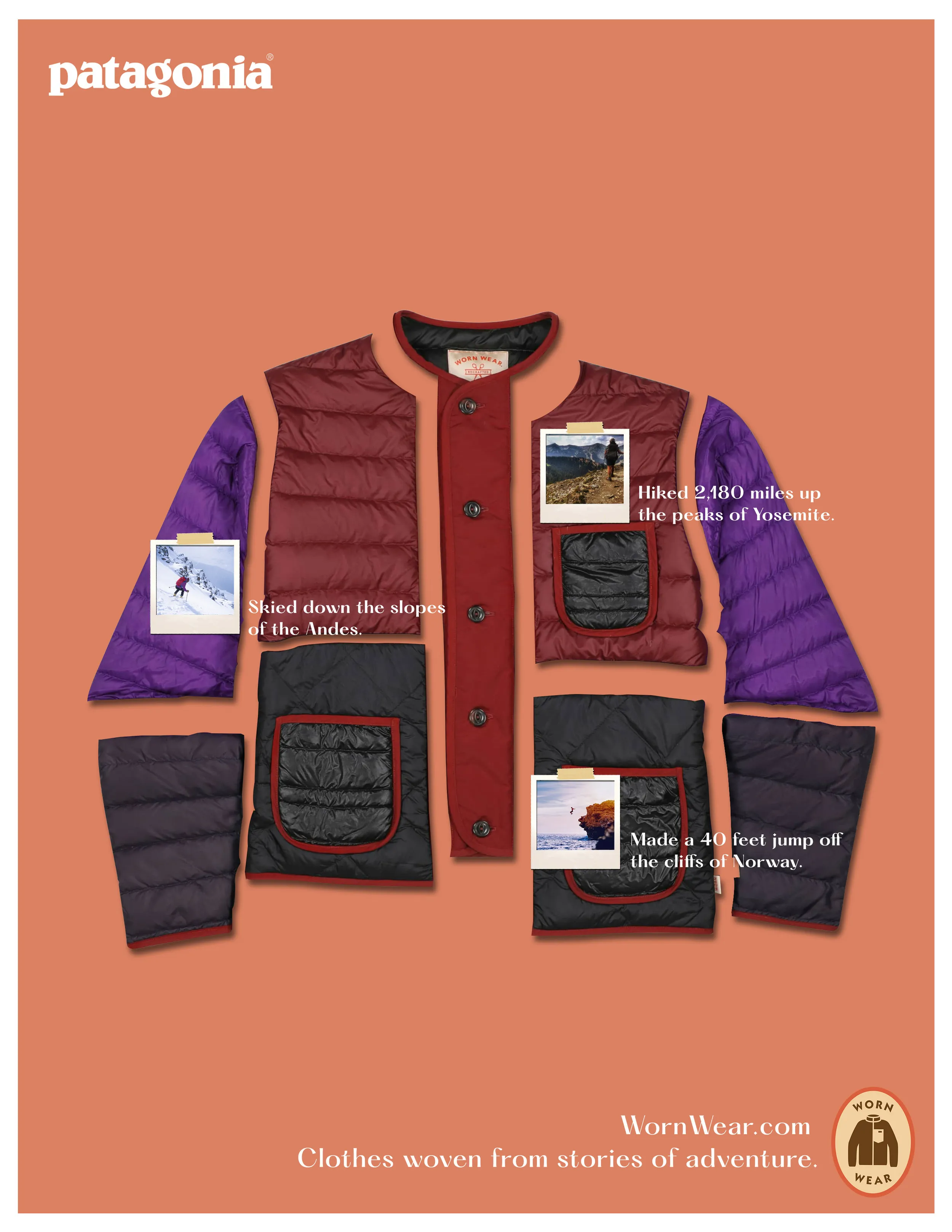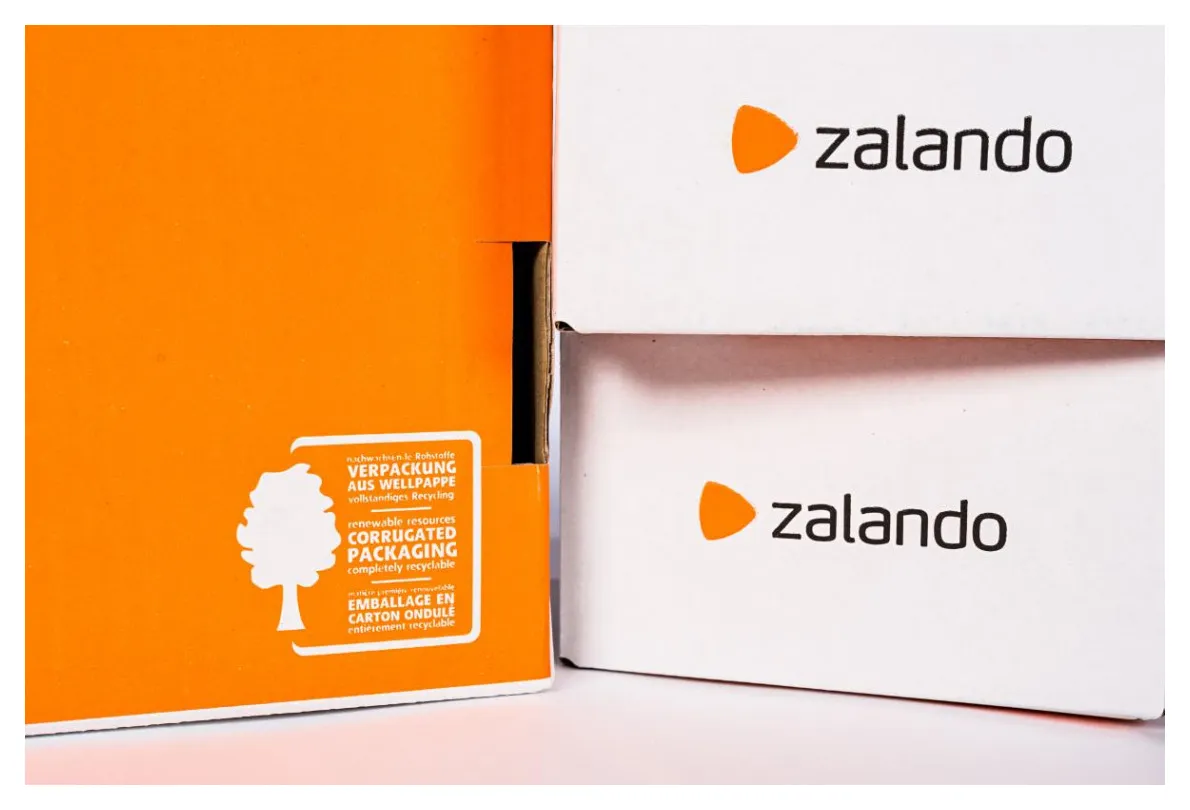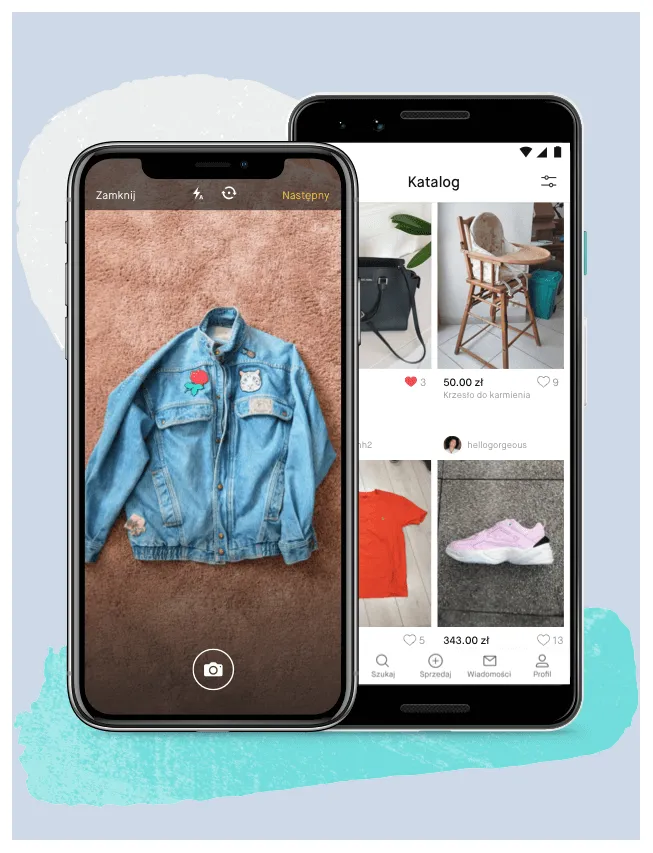Increased consumerism or reCommerce? The long life of second-hand products
Wedding dresses passing down from generation to generation. Jewelry adorning the necks or hands of several women in the family - from great-grandmothers to Generation Z teenagers. Porcelain, which acquires more and more value over the years. Giving things a second life is in our blood - we have always done it as part of functioning as a basic social cell. So what happened that we moved from sentimental objects to increased consumerism? Why is the secondhand trend currently back in favor? Where did reCommerce come from and why is it a consumer trend that online store owners should take note of?
“Do you really need to buy that much?”
You get up in the morning, make yourself a coffee before work, and think about what you're going to eat for breakfast. You open the fridge, take a quick look, and see something you're hungry for. You reach for the yogurt - expired - in the trash. Ham for a sandwich? It's been open too long and goes in the trash. Milk? Can't drink it anymore, in the trash. So you still have to go to the store to buy fresh products before you go to work. No problem, right? Food can always be thrown away, nothing happened.
You spend a quiet day at work. You're preparing documents on a perfectly working laptop, and in your hand, you're holding a phone which you bought 2 years ago. Suddenly your electronic device doesn't fulfill its function properly. You can't call, check Facebook, or play music through the speaker. The only thing you're left with is staring at the black screen and thinking that maybe instead of getting it repaired, you'll go to the store and just buy a completely new model that just came out.
After work, you run to the mall. Do you need something specific? Actually, you don't know, but you're sure to find it. A new blouse, even though your closet is topful, a set of white plates, even though you have plenty of other plates to serve dinner on, more cosmetics, even though there are several open bottles on the shelf in the bathroom. Why? Because you saw an advertisement that appealed to you, because a particular product catches your eye in a store window because there is a great sale etc...
Have you ever found yourself doing such things? Have you ever heard from a family member, friend, or even a complete stranger (e.g. on the Internet) the question "do you really have to buy so much?" Do you know that this is intensified consumerism, a clear sign of the 21st century?
Perhaps you know that a growing percentage of the population and businesses are realizing that this is a big problem that can have dire consequences and thus are turning their attention toward reCommerce, the trend of giving things a second life?
Reverse Commerce, vintage, slow fashion - where does the popularity of the secondary market come from?
In times of the pandemic, economic crisis, and environmentalists raising the alarm, new things offered by the eCommerce industry are less and less a sign of prestige. Times have changed - now the fashion is for responsible behavior motivated by concern for the environment. Reducing the carbon footprint, combating mass production of waste, and reducing the potential effects of climate catastrophe - these things count, especially among consumers of generation Z and born after 2000, who are playing an increasingly important role in the market. By the same logic, they must also count in the strategies not only of companies operating stationary but also of eCommerce.
Recycling, renting, reselling are new practices used by stores and desired by consumers (stationary and online) according to the report Top 10 Global Consumer trends 2022 prepared by Euromonitor International. But it's not just environmental concerns and sustainability that matter - for customers, according to the analysis, the experience and individuality that reCommerce provides is becoming increasingly important. Preloved is a concept that ensures you have one-of-a-kind products that allow you to stand out in a crowd of the same faces. Combined with the constantly balancing act - "leave", "upgrade", "resell" or "give back" - creates a new picture of a consumer in 2022, something that eCommerce companies need to take into account.
Not 3R, but 7R - a new level of green
It may seem as if everything that could be said about ecology has already been said. The 3Rs have been around for a long time - we have been encouraged to reduce, reuse and recycle in relation to limited raw materials and energy. In the second decade of the 21st century, these three sequential steps seem to be insufficient - and so the 7R concept was born, encompassing in addition:
- rethink: In the context of the consumer - think about whether you need this product and the reason why you are tempted to buy this particular item; in the context of stores - create a thoughtful strategy that helps you build a sustainable brand image,
- repurpose: show how to minimize - very important especially for brands that can and may encourage customers to minimize production waste,
- recover: repair, not replace. The 2Life idea introduced in many companies takes the form of repair service from the manufacturer or dealer or simply offering second-hand products,
- refuse: refuse, choose deconsumption, reCommerce, and slow life. Brands, in turn, can encourage the reuse of used products or packaging in which a shipment arrived.
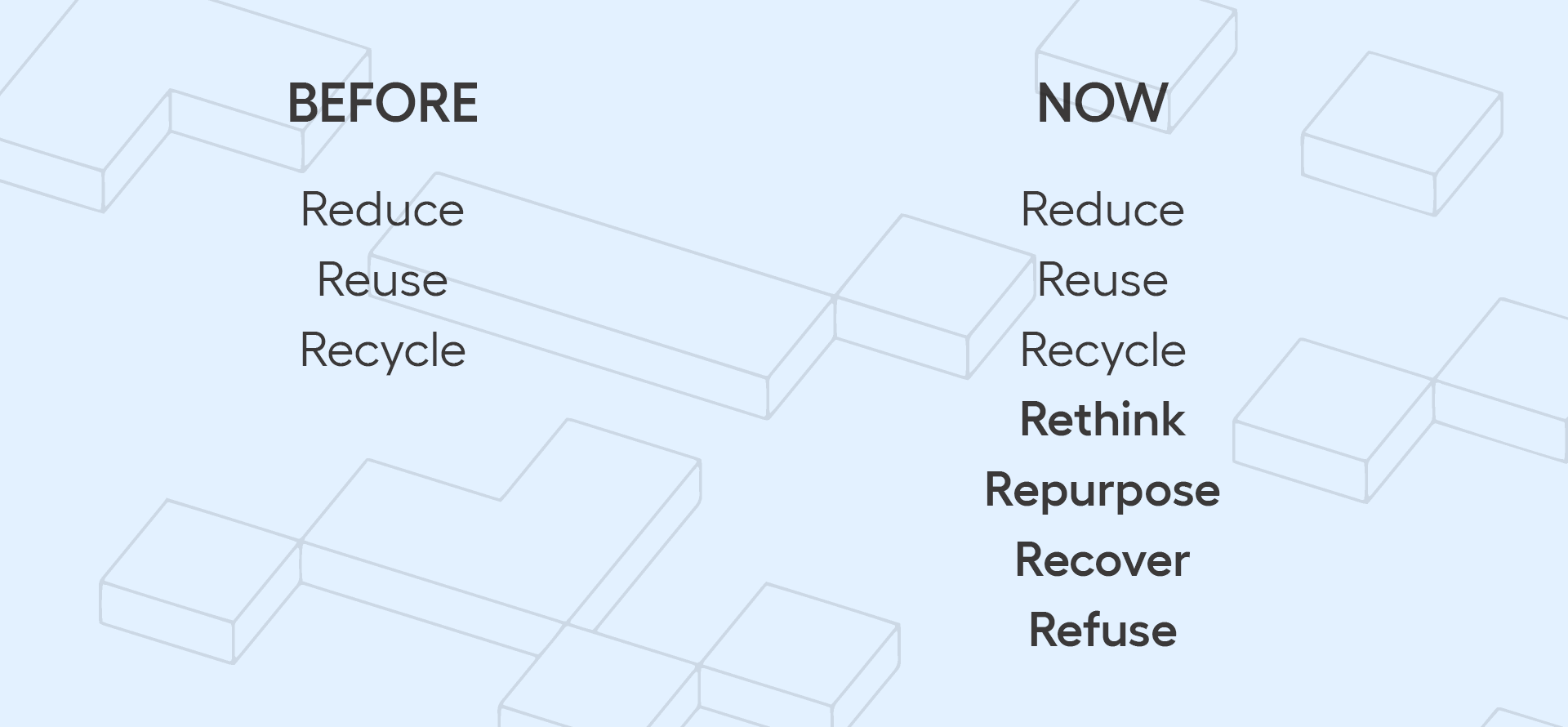
The popularity of reCommerce - implications for online stores
As indicated by the authors of the report 10 Global Consumer Trend 2022, we should be aware that the popularity of the reCommerce trend is growing and over time this area of the market will include other groups of products (especially durable goods). Several eCommerce providers and trading platforms are already providing the opportunity to buy/sell used items and it can be expected that more players will want to enter this competitive segment, perhaps by specializing in specific products. This will help to respond to increasing consumer demand.
Online stores operating in various industries can take advantage of this trend to, firstly, strive for sustainable production and consumption and, secondly, build a positive brand image aware of the role it plays in the market. In this way, they will gain an audience for whom ecological values are important.
ReCommerce - second hands not only for clothes
We are accustomed to purchasing used clothing, accessories, or shoes. But what about vintage products, books, electronics, collectors' items, or art? The principle is simple: as long as the item is in good condition and can be useful, it is sure to find a buyer who will not mind that it comes second hand, and not straight from the warehouse or a stationary store..
ReCommerce is a trend that not only smaller companies, but also large online stores or shopping platforms are responding to. Examples of aftermarket activities can be found among the most recognizable brands:
- Apple accepts used electronic equipment of its own manufacture to refurbish, repair, and undergo various types of testing to confirm that it will function efficiently and be suitable for resale.
- A clothing brand called Answear stands out in the market, accepting used clothes. All you have to do is order a bag, pack the items to be donated into it and send them off - if they are of good quality, they will be sold in other countries at a lower price. If they are not suitable for the next use, they will be turned into fibres or kitchen cloths.
- Amazon is accepting old or broken phones as part of its Amazon reCommerce service to fix them and put them back into circulation.
- The Polish brand 4F, which offers sports clothing and accessories, as part of the Wear_Fair initiative, offers a possibility to return unworn clothes both in its online and stationary stores. Moreover, the company has launched an online ski suit rental service.
- Zalando platform introduced in 2020 the possibility of ordering products under the Pre-owned service (separate category).
- clothing brand Patagonia has created an online second-hand store featuring used clothing and gear obtained through the Worn Wear campaign (and the reCrafted collection - clothing created from other clothing recovered from landfills) - refreshed, repaired and quality tested.
Of course, we also can't forget about the Vinted platform, which kicked off the reCommerce trend with the slogan "Don't wear it? Sell!", as well as Allegro or OLX, where even before the emergence of the consumer trend, you could buy used things.
However, when analyzing the actions of online stores (especially fashion ones), it is important to carefully verify the information provided - greenwashing is still a practice used by companies with a self-interested attitude in order to build their recognition and loyalty of their target audience, without thinking about sustainability, ecology and the future of the planet.
Is reCommerce the future of eCommerce?
Can we say that we are currently observing the twilight of consumerism, and the chase for second-hand goods will continue? It's too early to make such definitive statements, but we should certainly point out that current events indicate a strengthening of this trend. On the one hand, the ecological awareness of generation Z and the generation born after 2000, was driven by the fear of the climate crisis, on the other hand - the pandemic and its consequences: changed consumer habits, inflation, and difficult situation for households. We could also mention a third side with a desire to stand out.
Motivation behind reCommerce has a diverse background (each time aiming at the same goal - reducing consumption), which gives a wide range of opportunities to create action and communication by brands operating in different industries.
What about you? What are your thoughts in response to the needs and demands of younger consumers?
Sources:
- https://www.linkedin.com/company/otcf-sp-z-o-o-/
- https://www.isbtech.pl/2021/09/rok-zalando-pre-owned/
- https://wornwear.patagonia.com/recrafted
- https://www.vinted.pl/app
